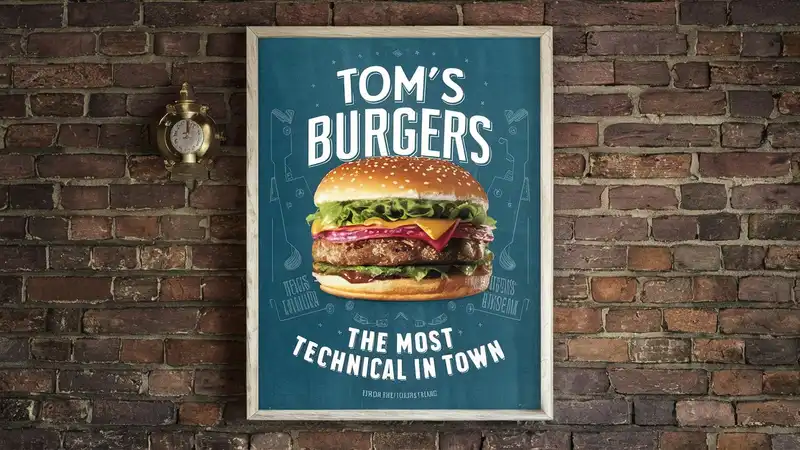Ideogram is an impressive artificially intelligent image tool, but despite its announcement last August and its incredible text rendering capabilities, it has not received as much attention as other high-profile GenAI services.
That is about to change with the company's release of version 1.0 of its generative AI model, which can now create more consistent, stylish, and readable text on images.
The Toronto-based startup recently raised $80 million in a Series A funding round.
I've been using Ideogram since version 0.1 and have already been impressed. According to the company, the new 1.0 model has been "trained from the ground up" and has improved photorealism, understanding of complex prompts, and rendered text.
You can already create rendered text with MidJourney v6, DALL-E 3, Stable Diffusion 3, and Google's Imagen 2, but the results are hit or miss.
One of the big new features in Ideogram 1.0 is the Magic Prompt. It takes your short prompt and rewrites it to better reflect your intentions and vision.
For example, if you ask for a funny meme about a cat, Magic Prompt will turn it into a more descriptive overview, describing each element of the cat, how to render the text, how to give the mood, etc.
You can already do this to some extent with ChatGPT by having OpenAI's chatbot come up with detailed prompts before sending them to DALL-E. Leonardo also offers a prompt refinement tool, but with Ideogram it is done automatically
However, the prompts are not sent automatically in Ideogram.
However, the company is also working on making it easier for models to understand complex prompts and comply with requests. So if you are a prompt engineer or have a particularly descriptive request, Ideogram can get the full picture of the request more accurately than before.
Version 1 has an updated text rendering engine. This has greatly improved the accuracy and readability of the text generated by the AI engine.
All images in this article were generated from prompts I entered into Ideogram, specifically requesting text on the image.
Text on images has only been decipherable since late last year for major tools like Google's DALL-E, MidJourney, and Imagen, but Ideogram has had some text capability since its inception.
In tests of version 1, it seemed to render accurately not only key words, but also subheadings and promotional text. It was not always perfect, but it was much more stable than other models.
Ideogram stated that this improved accuracy would make it possible to "easily create personalized messages, memes, posters, t-shirt designs, birthday cards, logos, and more."
Ideogram is an easy-to-use website with prompt boxes, control options such as generated image sizes and style buttons, and a selection of recently created generations.
With the launch of version 1.0, a new subscription plan is also available. There is still a free tier and daily free generation, but for users who need faster rendering and the ability to upload images as sources, there is a paid option.
Prices for the premium plans range from $8 per month for 100 prompts per day to $20 for unlimited.
There are no usage restrictions for either the free or paid plans, but the free plan only allows users to download compressed jpg files.










Comments